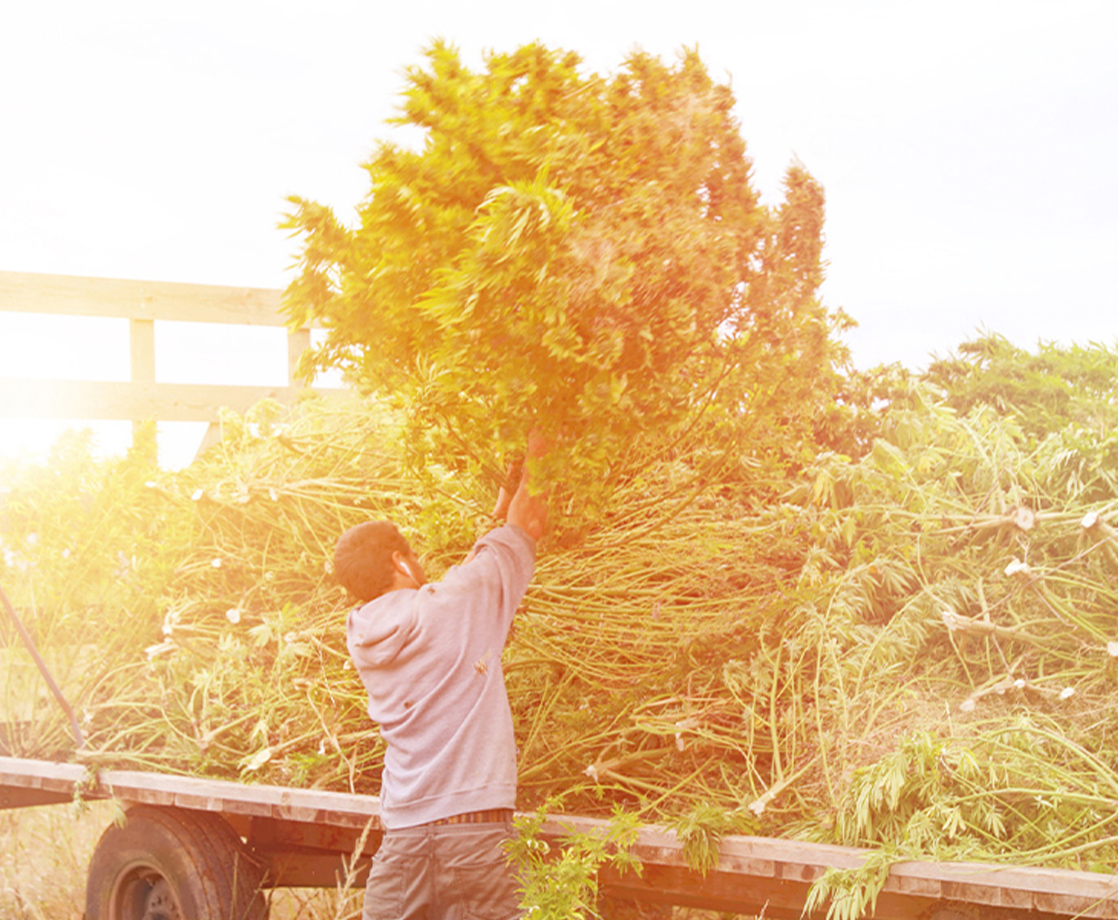If you want to make money growing cash crops, grow hemp. At least, that’s what the latest salary data from the US government suggests — for now.
According to a new survey by HempStaff, a cannabis recruiting agency, people working in the hemp industry make roughly twice as much as workers in the same positions but for different crops. The raw data came from the US Department of Labor.
Here’s how the salaries break down. The farmhands working hemp fields make about $52,000 a year. But those tending to and harvesting more common cash crops, such as corn and soy, make a little less than half that, at $24,620 annually.
The trend applies to positions higher up the agricultural food chain, as well. While farm managers for non-hemp crops make roughly $68,000 a year, managers in the hemp space pull in salaries ranging from $100,000 to $125,000.
That’s some pretty decent green in an industry that involves backbreaking labor, long hours, and oftentimes, small financial returns.
Do the lucrative pay rates suggest that hemp will become the king of all crops sometime soon in the US? Or is this double-salary trend temporary?
Tim Gordon, the chief science officer for Colorado-based hemp company Functional Remedies, said the salary disparities have caused some disruptions in the nation’s agricultural industries. He told Hemp Industry Daily that the amount of work required, as well as the workplace conditions, are pretty much the same between mainstream agriculture and hemp farming. But since there’s such a high demand for hemp right now — especially for CBD, a medicinal compound produced by hemp — workers and managers can command higher salaries.
Todd Downing, managing partner of Best Human Capital and Advisory Group, believes the higher-than-average salaries seen in hemp will simmer down soon. In other words, as the hype around hemp chills out, the salaries will look similar to mainstream agriculture’s.
“Looking at the supply chain challenges that have affected the hemp industry, it’s almost been a perfect storm that hit all at once,” Downing said to Hemp Industry Daily. “Companies are looking at their bottom line and they’re seeing that they can’t sustain the level of compensations in the industry that they thought they could because of all these challenges.”
What would those challenges be? There are two: The first challenge is regulatory hurdles. The US Department of Agriculture and the DEA imposed special requirements for growing hemp that mainstream agriculture doesn’t have to worry about. For instance, hemp producers must regularly submit samples of their crop to labs for testing. If the crops test for more than 0.3 percent THC, the compound in cannabis that causes intoxication, the farm is required by law to destroy the crop. And that can mean the loss of tens of thousands if not hundreds of thousands of dollars.
The second challenge: Not enough market demand. CBD was a hot product a few years ago, but not so much now that the initial excitement over the “weed that doesn’t get you high” has passed. During America’s green rush to grow newly legal hemp, the hemp industry produced a massive surplus, which drove hemp and CBD prices way down.
The lower prices are great for consumers, but terrible for investors and farm owners who anticipated higher prices and bigger gains.











